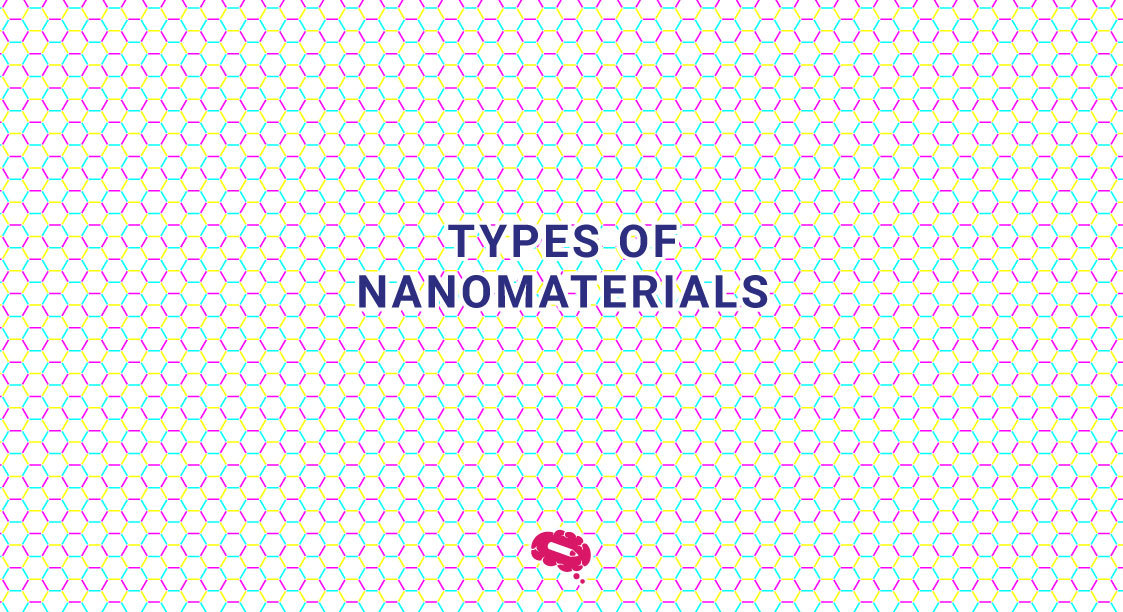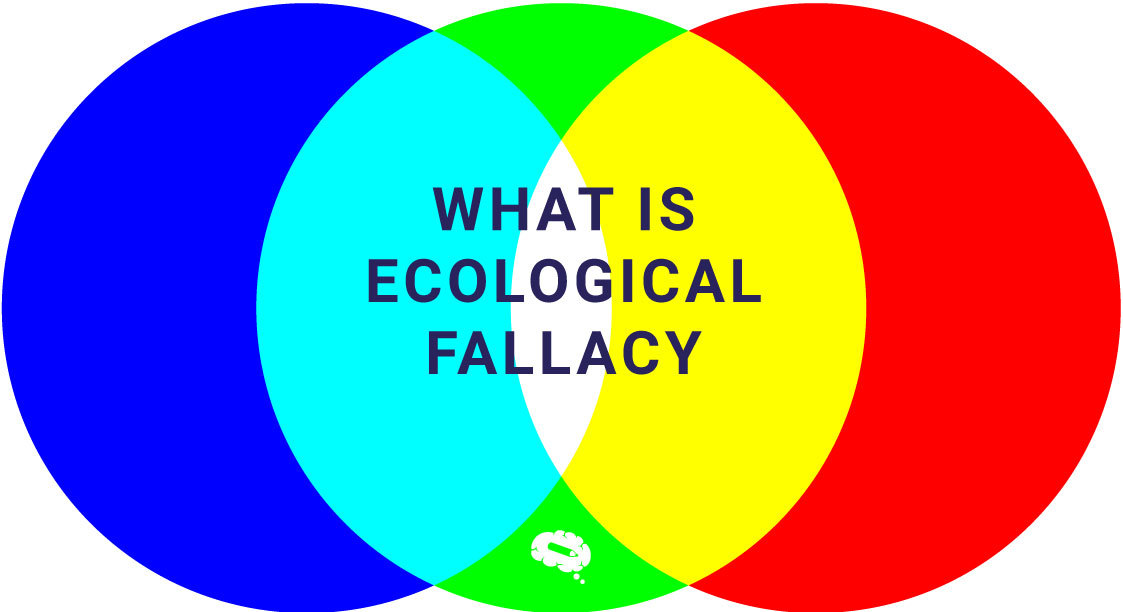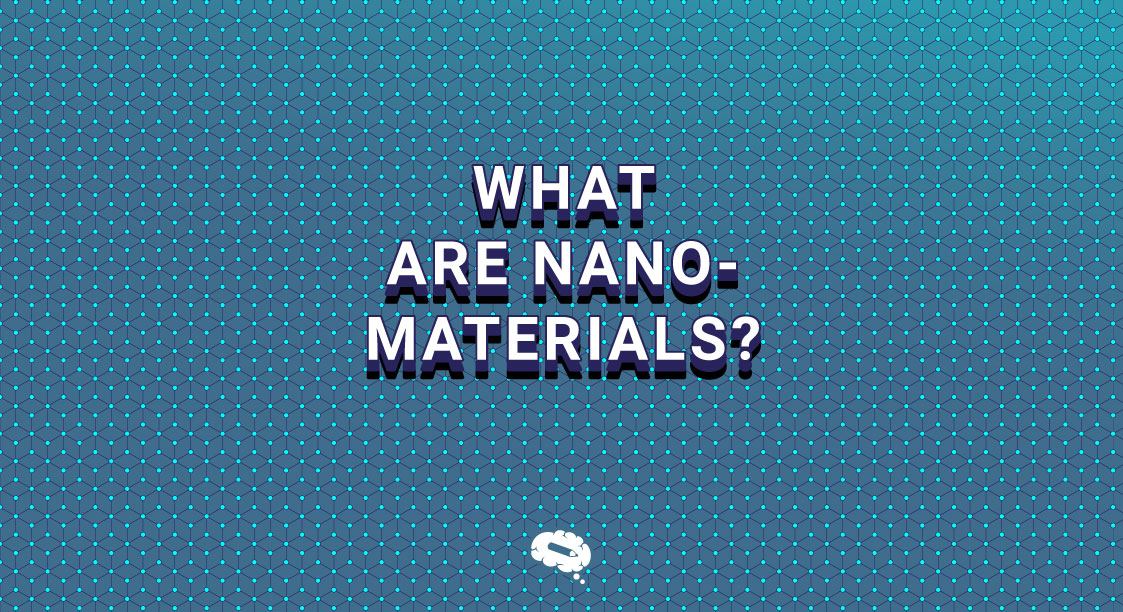Nanomaterials represent a new frontier in science and technology, with their extraordinary properties promising innovations in numerous fields. By delving into the different types of nanomaterials, their optical and chemical properties, and their interactions with biological systems, researchers and scientists pave the way for groundbreaking advancements. As the world of nanotechnology continues to expand, these nano wonders will undoubtedly shape our future, revolutionizing industries and improving lives in unimaginable ways. So, let us delve deeper into the realm of nanomaterials, unlocking their potential for the betterment of us all.
Also read: From Nanoscience to Nanotechnology: Impact and Differences
Nanomaterials: Definition And History
Nanomaterials, as the name suggests, refer to materials with at least one dimension in the nanoscale range (1-100 nanometers). At this scale, materials exhibit distinctive properties compared to their bulk counterparts due to quantum and surface effects.
Types of Nanomaterials
The term “nanomaterials” became prominent in the 1980s when researchers began to explore the following materials at the nanoscale.
- Carbon-Based Nanomaterials – Carbon-based nanomaterials are among the most extensively studied and widely used in nanotechnology. Graphene, a single layer of carbon atoms arranged in a 2D lattice, exhibits extraordinary mechanical strength, electrical conductivity, and thermal conductivity. Carbon nanotubes (CNTs), cylindrical nanostructures made of rolled graphene sheets, possess remarkable tensile strength and are valuable in various applications, including electronics and aerospace.
- Metal-Based Nanomaterials – Metal-based nanomaterials encompass a diverse range of nanoparticles, such as gold, silver, iron oxide, and more. These materials exhibit intriguing optical, electronic, and catalytic properties. Gold nanoparticles, for instance, have unique surface plasmon resonance, making them valuable in sensing and medical applications. Silver nanoparticles, known for their antimicrobial properties, find use in healthcare products.
- Semiconductor Nanomaterials – Semiconductor nanomaterials bridge the gap between conductors and insulators, offering valuable electronic properties. Quantum dots, tiny semiconductor crystals with exceptional light-emitting capabilities, are used in displays, imaging, and even cancer therapy. Other semiconductor nanomaterials, like nanowires and nanorods, are being explored for potential applications in electronics and solar cells.
- Ceramic Nanomaterials – Ceramic nanomaterials possess unique mechanical, thermal, and electrical properties. Titania nanoparticles, for example, are known for their photocatalytic abilities and find use in self-cleaning surfaces and air purification systems. Additionally, ceramic nanocomposites guarantee high-strength materials for aerospace and automotive applications.
- Polymer-Based Nanomaterials – Polymer-based nanomaterials offer enhanced mechanical properties, increased surface area, and improved biocompatibility. Nanoparticles composed of polymers, such as polylactic acid (PLA) and polyethylene glycol (PEG) are used in drug delivery systems, tissue engineering, and nanomedicine.
Optical Properties Of Nanomaterials
The optical properties of nanomaterials are of great interest in nanotechnology, as their relevance in various applications, including photonics, imaging, and sensors.
Refractive Index And Abbe Number For Nanomaterials
The refractive index is a measure of how much light bends when passing through a material, and the Abbe number characterizes the dispersion of light in a material. In nanomaterials, these properties help to achieve desirable optical effects, leading to applications in lenses and optical devices.
Optical Band Gap And Color Tunability
Semiconductor nanomaterials exhibit an optical band gap, a range of energy where they absorb or emit light. By varying the size and composition of nanomaterials, researchers can tune the band gap, enabling color tunability for displays and imaging technologies.
Surface Plasmon Resonance (SPR) In Nanomaterials
Surface plasmon resonance (SPR) is a phenomenon observed in metal nanoparticles, where the collective oscillation of conduction electrons leads to enhanced light-matter interactions. SPR has applications in sensors, imaging, and medical diagnostics.
Photoluminescence In Metal-Based Nanoparticles
Some metal-based nanomaterials exhibit photoluminescence, emitting light when excited by photons. This property finds use in optoelectronic devices and biological imaging.
Chemical Properties Of Nanomaterials
Apart from optical properties, nanomaterials display intriguing chemical behaviors, which have a significant impact on their applications and interactions with biological systems.
- Stability and Reactivity of Nanomaterials
The stability and reactivity of nanomaterials can vary based on their composition and surface characteristics. Understanding these aspects is crucial for ensuring their reliable performance in applications like catalysis and drug delivery.
- Interaction with Biological Systems – Biocompatibility & Toxicology
When nanomaterials are exposed to living organisms, their biocompatibility and toxicology become critical concerns. Researchers study the impact of nanomaterials on cells, tissues, and organs to develop safe biomedical applications.
- Adsorption, Uptake, & Transport by Living Organisms
Nanomaterials’ small size and unique surface properties influence their interaction with living organisms, affecting their uptake, distribution, and clearance within biological systems.
- Surface Chemistry Modification by Functionalization Methods
Functionalization allows researchers to modify the surface chemistry of nanomaterials, tailoring their properties for specific applications, such as targeted drug delivery and enhanced cellular interactions.
Bulk Material Properties
While nanomaterials reveal fascinating properties at the nanoscale, their bulk counterparts also have essential characteristics that contribute to their overall performance.
Particle Size Distribution (PSD) & Morphology
Understanding the particle size distribution and morphology of nanomaterials is vital in quality control and optimizing their properties for various applications.
High Impact And Greater Visibility For Your Work
Mind the Graph provides scientists, students, and researchers with a platform to create professional and visually appealing visualizations, such as scientific illustrations, graphs, charts, and infographics. These visual representations enhance the presentation of research findings, making complex data more accessible to both scientific and non-scientific audiences.
With the help of interactive and visually engaging elements, they can create compelling presentations that captivate the attention of their audience during conferences, symposiums, or online seminars, enhance knowledge retention, and effectively communicate research outcomes. Sign up for free!

Subscribe to our newsletter
Exclusive high quality content about effective visual
communication in science.





